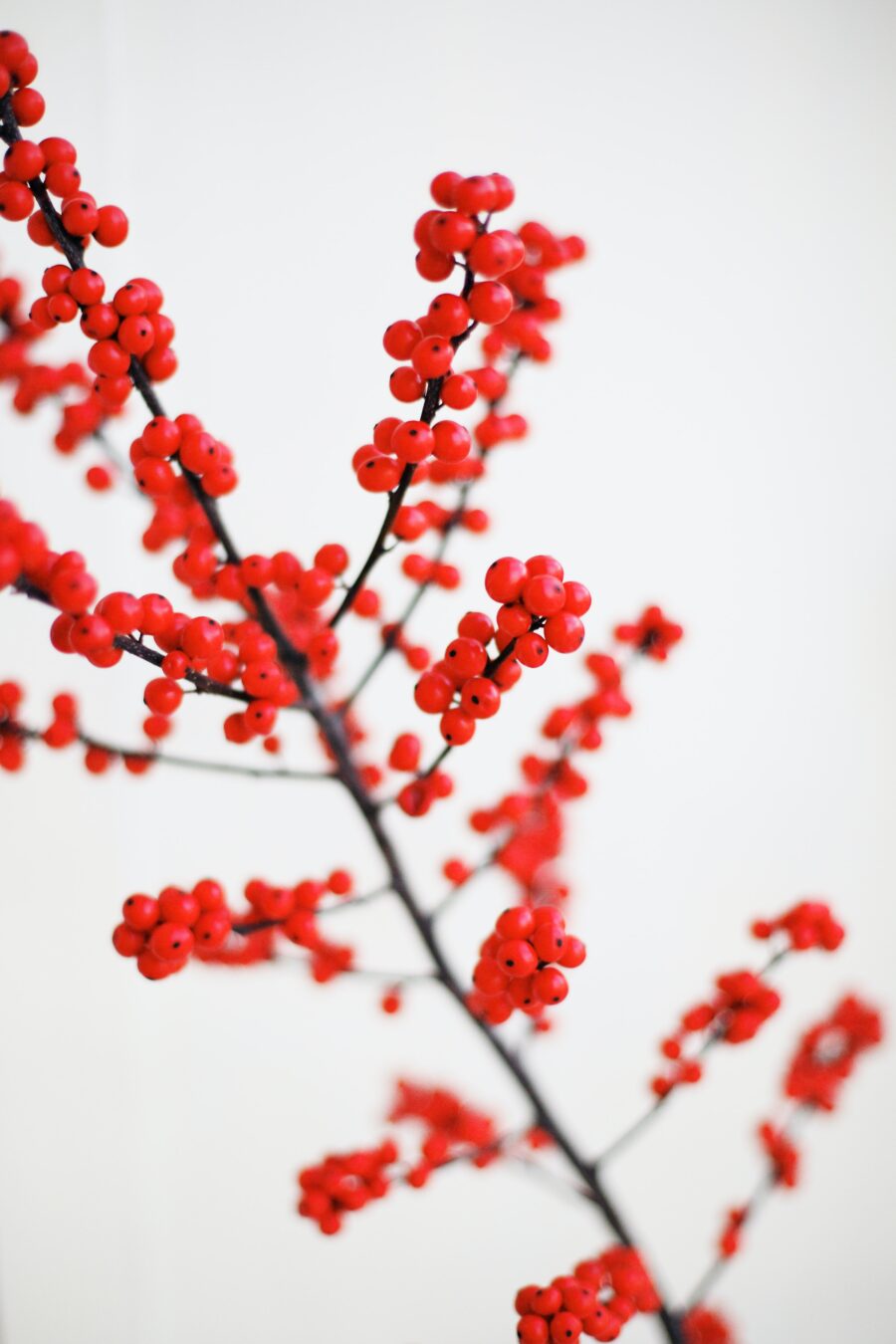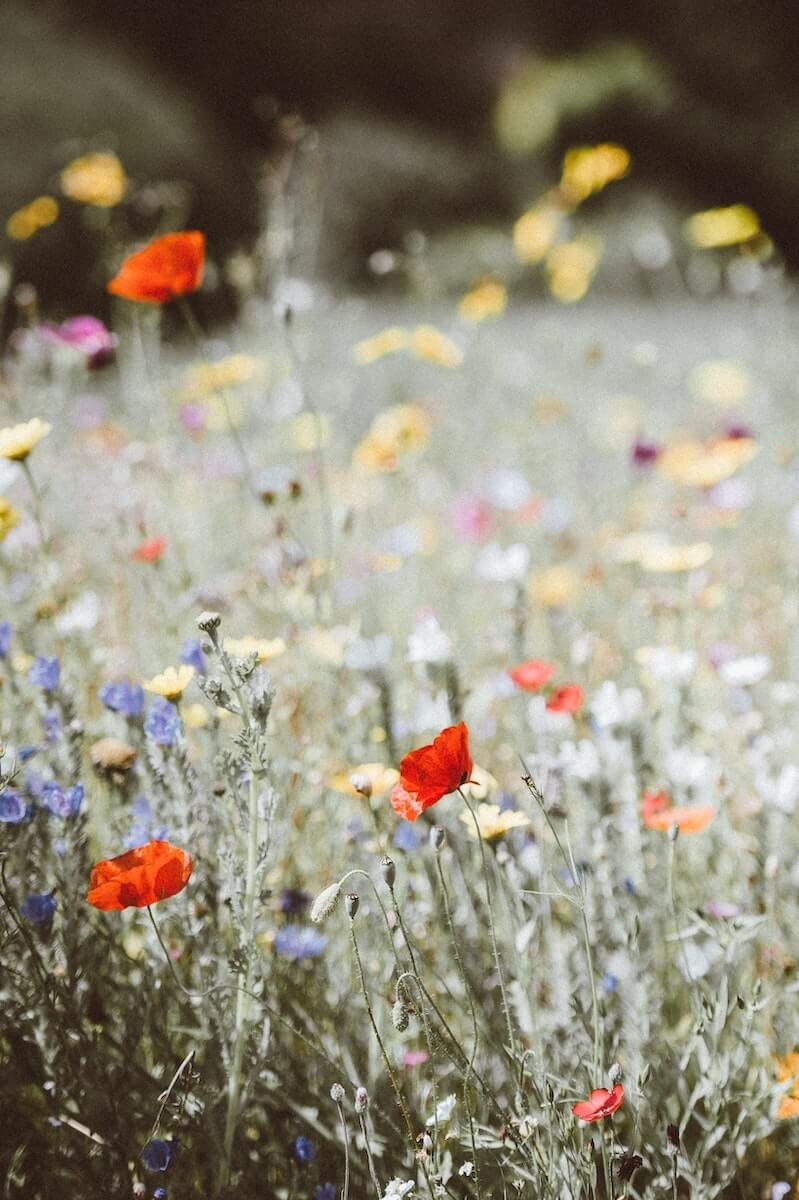
What Is Winter Solstice, And How Can We Celebrate?
Throughout history, societies across the world have held festivals and ceremonies marking winter solstice, the day of the “sun’s rebirth.” Most often, winter solstice celebrations honored the symbolism of fire and light, along with life, death, the rising sun, and the moon. Saturnalia, for example, was an ancient Roman pagan festival dedicated to honoring the sun god Saturn through offerings and gift-giving. Another tradition that we still hear about today is Yule (or Yuletide). Similarly, Indigenous people continue to mark the solstice with storytelling and ceremony. ☀
But what is a solstice, exactly? Let’s explore the science.
The earth’s tilted axis (23.5º relative to the ecliptic plane) directly impacts the amount of sunlight we do or don’t get throughout the year. This tilt, along with our planet’s orbit, creates both astronomical and meteorological seasons. According to the National Centers for Environmental Information, “…astronomical seasons are based on the position of Earth in relation to the sun, whereas the meteorological seasons are based on the annual temperature cycle.”
When following the astronomical seasons, there are two solstices and two equinoxes to mark the change in meteorological seasons. The winter solstice happens between December 20 and 23, and it’s when the earth’s axis tilts away from the sun, making it the shortest day and longest night of the year for those living in the Northern Hemisphere. In the Southern Hemisphere, it’s reversed. (The word “solstice” derives from the Latin word sōlstitium and translates to “sun stands still.” ) This year, the winter solstice will happen on December 21.
There’s not an exact recorded time when humans first started observing the solstice, but monuments like Chichén Itzá, Stonehenge, and the Goseck circle indicate that people have been honoring the astronomical seasons for years.
Today, the winter solstice is a reminder to honor our connection to the natural world. It is a way we can celebrate the change in seasons without traditional holidays, gifts, or decorations. Instead, we can honor winter through rituals and self-care, looking specifically to our ancestors and heritage for inspiration rather than co-opting from others (a form of cultural appropriation).
“Today, the winter solstice is a reminder to honor our connection to the natural world.”
Here are a few ideas:
-
Consider practicing a pagan yule candle tradition (a tradition with European roots). Create an altar with items that bring you joy and peace, and surround it with candles. Light the candles as a symbol of the sun’s ability to give us both life and light.
-
Wake up early on the day of the winter solstice to watch the sunrise. Close your eyes, and feel the sun’s warmth on your face. Observe how the sun lights up the world around you. Bring a journal and write down any thoughts that come to mind.
-
Create a traditional winter feast with warming foods to eat on the night of December 21. Have fun creating a meal that warms and nourishes the body.
-
Draw a winter solstice bath, adding citrus essential oils to symbolize the energy of the sun.
-
Create something handmade that honors the sun or the natural world, such as a wreath from what you have around your house or backyard. Paint or draw the sun. Grab an instrument you haven’t played in a long time and write a song; then share it with loved ones.
“Wake up early on the day of the winter solstice to watch the sunrise […] Write down any thoughts that come to mind.”
However, you chose to bring rituals and new traditions into your life, make time to appreciate the natural world. Wherever you are, embrace how the air and the sky change, and on the coldest days, know the sun is right around the corner.
Courtney Jay Higgins is a writer at The Good Trade. She is also a yoga instructor, health enthusiast, and sustainable fashion advocate. You can find more of her writing and take one of her online yoga classes on her website Coincide.




